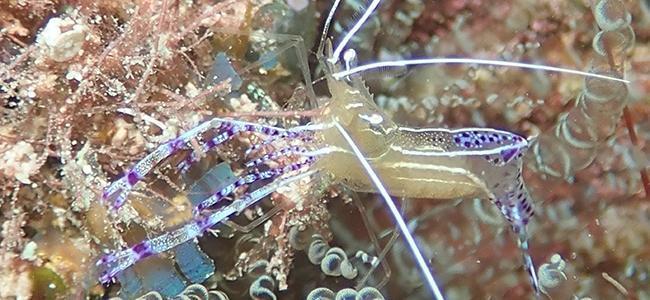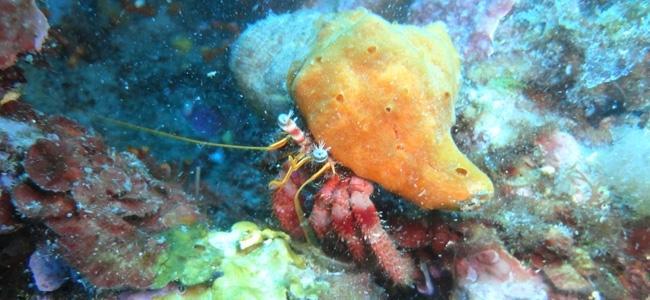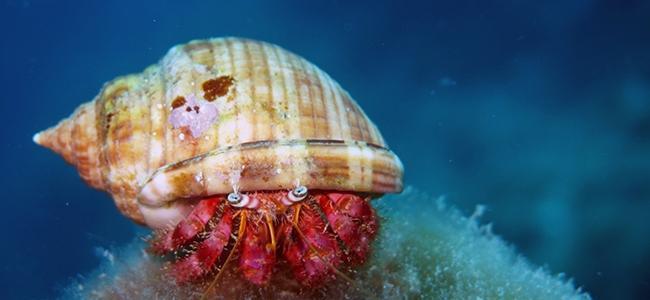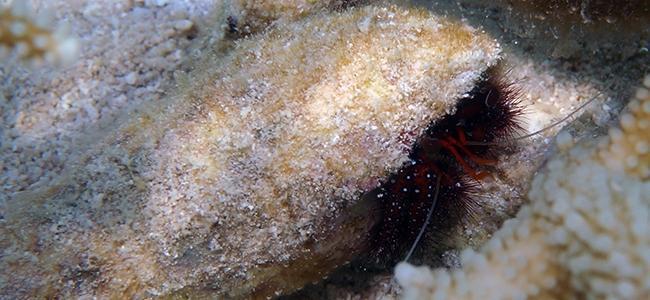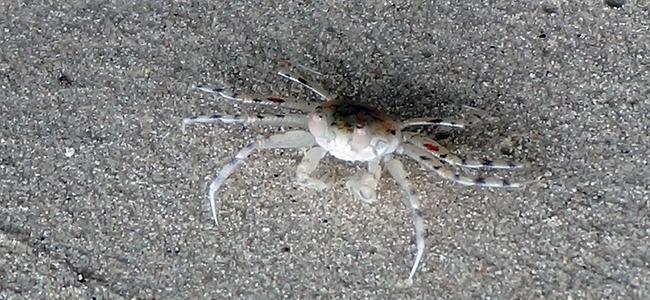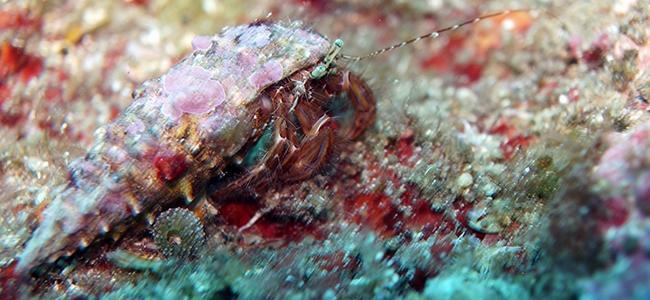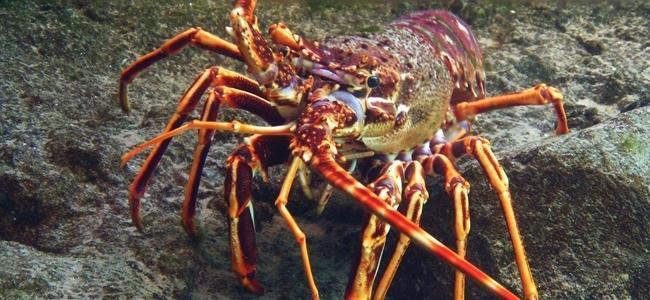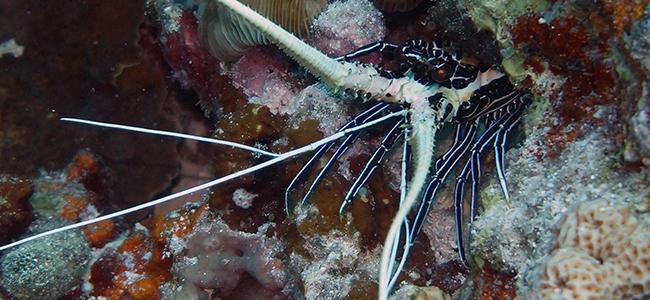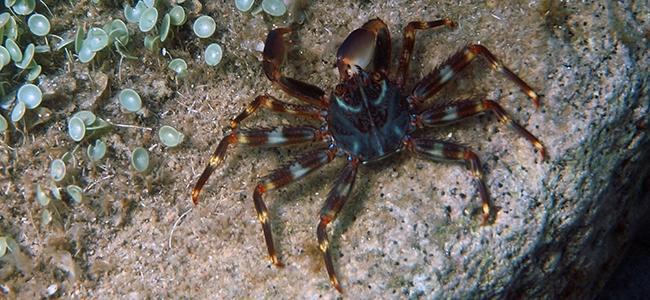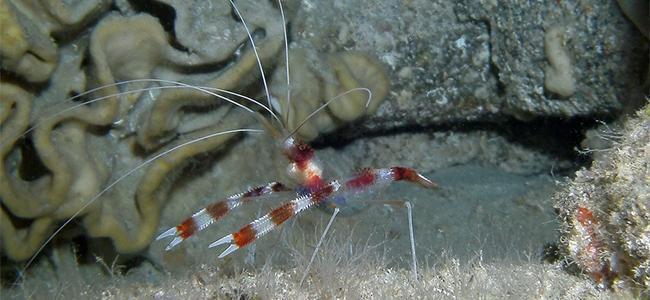The malacostracans (Malacostraca), is undoubtedly the class that hosts the largest number of species within the phylum of Crustaceans, with approximately 20,000 species described. This figure represents 2/3 of the existing crustacean species. The name of the malacostracans derives from two words in Greek. On the one hand, malakos, which means soft; and on the other hand ostakon which means shell. This name is due to the differentiation made in ancient times to those invertebrates with hard shells (Bivalves) from the malacostracans ones, which, when changing their shells during molting, for a few days their bodies are soft until they remineralize and acquire normal rigidity.
As a class, malacostracans species are a group of species that from an evolutionary point of view have had enormous success. Proof of this is that they have colonized a multitude of environments. While it is true that many species are from marine environments (where they are extremely abundant in terms of biomass), we can also find them in fresh waters and even on land.
Within the class of malacostracans we find species as well known by all as crabs, lobsters, shrimp, krill and amphipods. From these examples we can quickly deduce that we are dealing with a class of species with a great diversity of forms. Taking lobsters and shrimps as archetype of the general structure of the species within the group of malacostracans, in their body we can distinguish two regions. The cephalothorax is the first of these regions and derives from the fusion of the cephalic region (5 segments) and the thoracic region (8 segments). In the cephalothorax we find two pairs of sensory appendages or antennae, followed by 3 pair of appendages (mandible, maxilla and maxilla) associated with the mouth and which are sometimes modified to form clamps. Next, we will find the appendices related to the thoracic region. The first three pairs are known as maxipeds and fulfill a secondary sensory function and food handling. Next, we find the last 5 pairs of appendages in the cephalothorax, called pereiopods, which are the appendages used by malacostracans animals to walk, being the first one frequently modified to form large tweezers. The second region of the body of the malacostracans ones is the abdomen, formed by six or seven segments where are located the appendices that allows them the swimming impulse and that are called pleopods. In females, these pleopods support the eggs once they are fertilized and until they hatch, in the cavity formed between the plates of the abdomen and the pleopods themselves. Finally, the abdomen ends up in a structure called telson, in which on both sides they have modified appendages with a flattened form (called uropods) and which allows them to propel themselves very efficiently and extremely quickly in the water.
In relation to the feeding of this group of species, it is extremely varied. Although scavenger species stand out as the most frequent form of feeding, there are also filtering species, or even carnivores.
